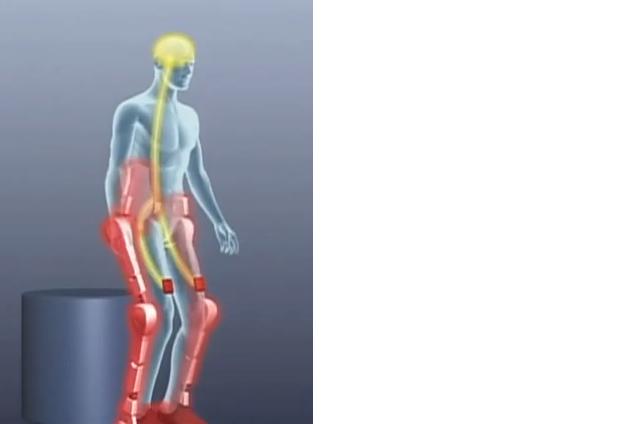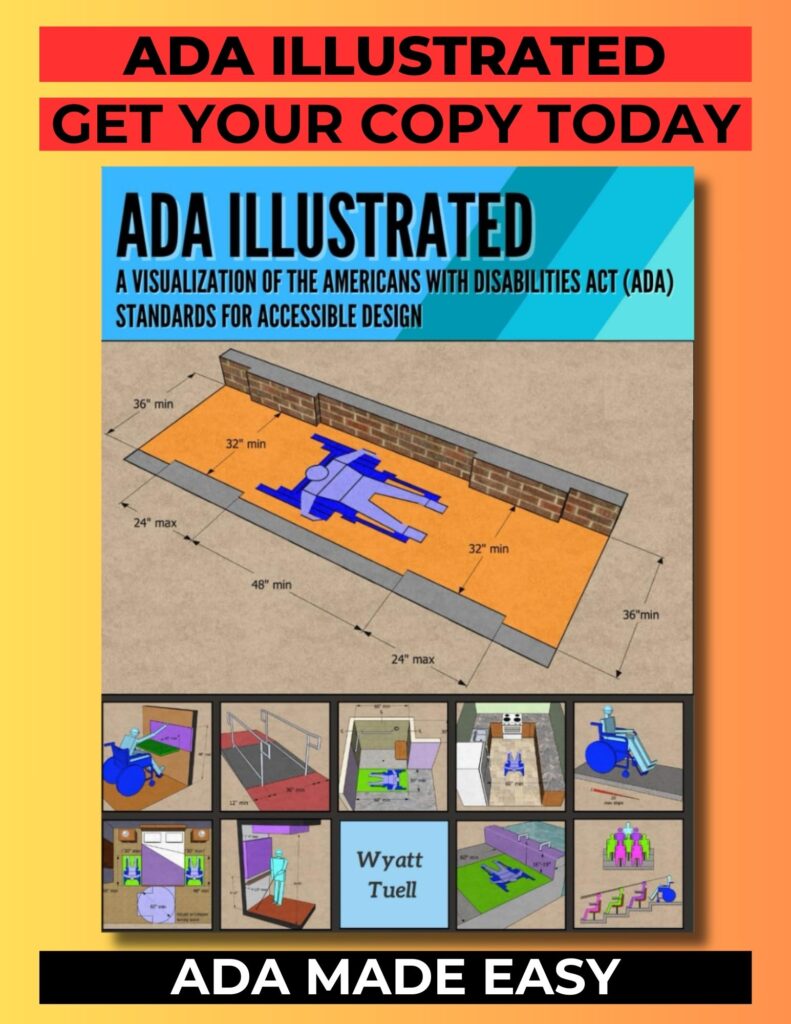Robot Suit HAL Exoskeleton
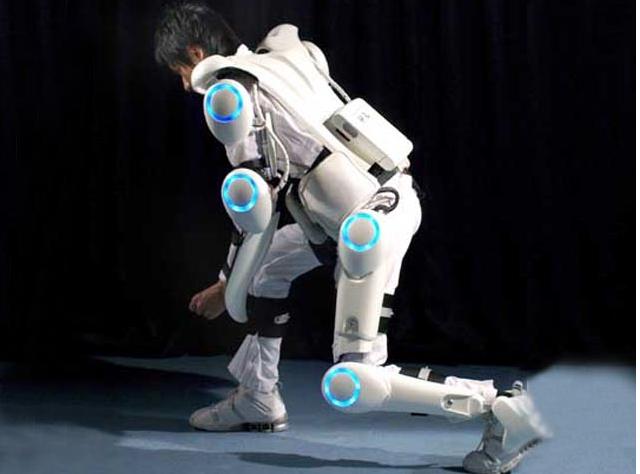
In the world of technology the name HAL is one that strikes an unnerving feel. The feeling of technology gone awry and working against humanity. However a new HAL exists and this one (so far) is working to help humanity. Robot Suit HAL (Hybrid Assistive Limb) is an exoskeleton that helps move legs and arms for people who have difficulty doing so. Developed by Dr. Sankai and his company Cyberdyne of Japan, HAL has also received a global safety certificate.
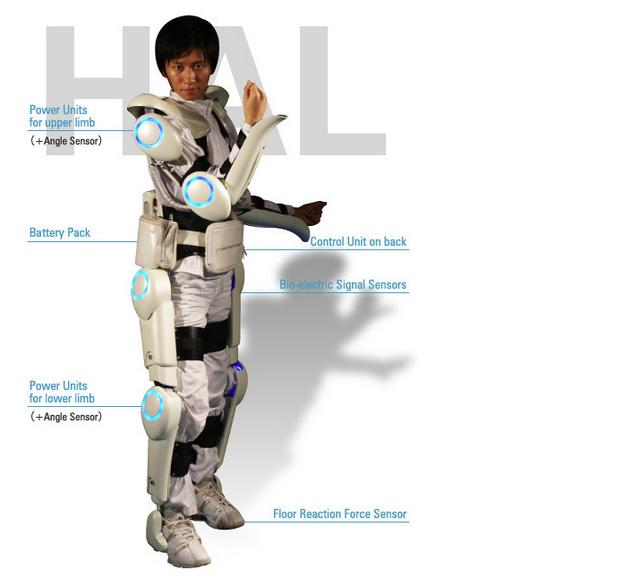
Exos Everywhere
HAL is another of many other exoskeletons that are being developed, such as the ones by Ekso Bionics, Honda, and WREX. But they all work in essentially the same way by increasing muscle force and movement. Helping a person walk or move their arms in a way they wouldn’t otherwise without the exoskeletons.
Skin Signals
The way HAL anticipates limb movement is a little different from the others. When we want to move our arms or legs, a signal is sent from our brain to those limbs. This signal can be faintly detected on the skin surface which HAL picks up via sensors. Here’s how the Cyberdyne website describes the process:
When a person attempts to move, nerve signals are sent from the brain to the muscles via motoneurons, moving the musculoskeletal system as a consequence. At this moment, very weak biosignals can be detected on the surface of the skin. “HAL” catches these signals through a sensor attached on the skin of the wearer. Based on the signals obtained, the power unit is controlled to move the joint in unison with the wearer’s muscle movement, enabling HAL to support the wearer’s daily activities. This is what we call a ‘voluntary control system’ that provides movement interpreting the wearer’s intention from the biosignals in advance of the actual movement. Not only a ‘voluntary control system’ “HAL” has, but also a ‘robotic autonomous control system’ that provides human-like movement based on a robotic system which integrally work together with the ‘autonomous control system’.
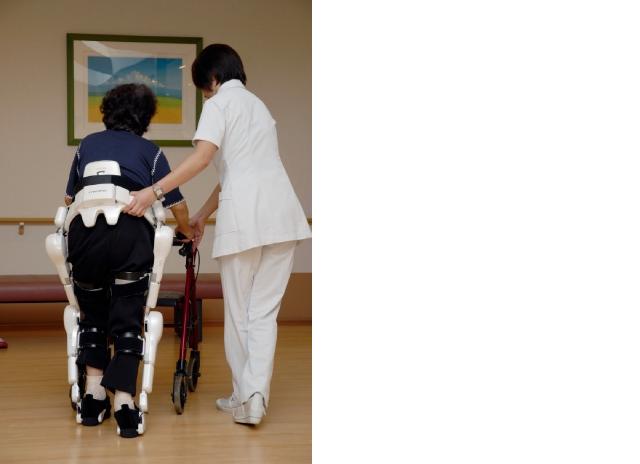
Conclusion
Currently HAL is available for monthly rentals in Japan. Eventually I’m sure they will want to expand this to other countries. The exoskeleton weighs 33-50 lbs and has a battery life of about 2 hours and 40 minutes. So it still has certain limitations. Watch the videos below to see people using HAL. As you will see the people won’t exactly be doing acrobatics, but they will be able to move better. For more information visit www.Cyberdyne.jp/english.
